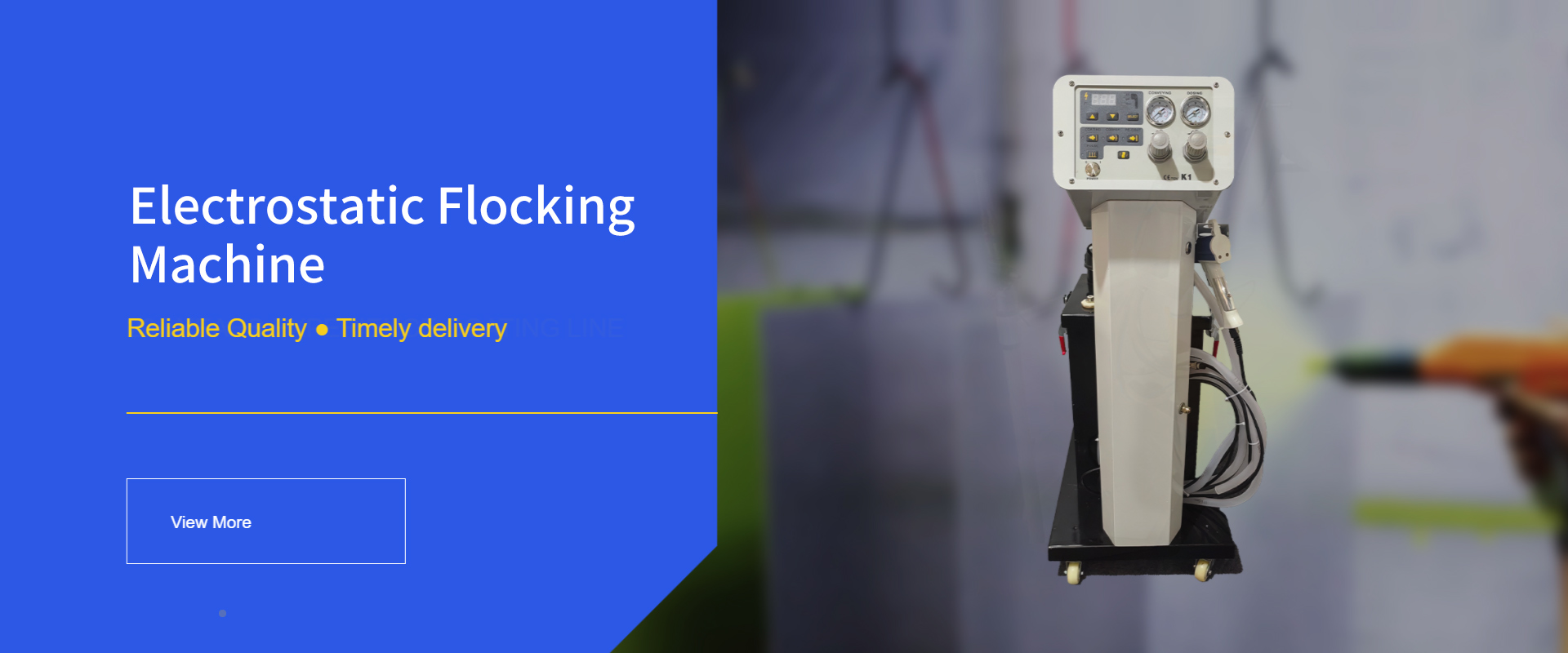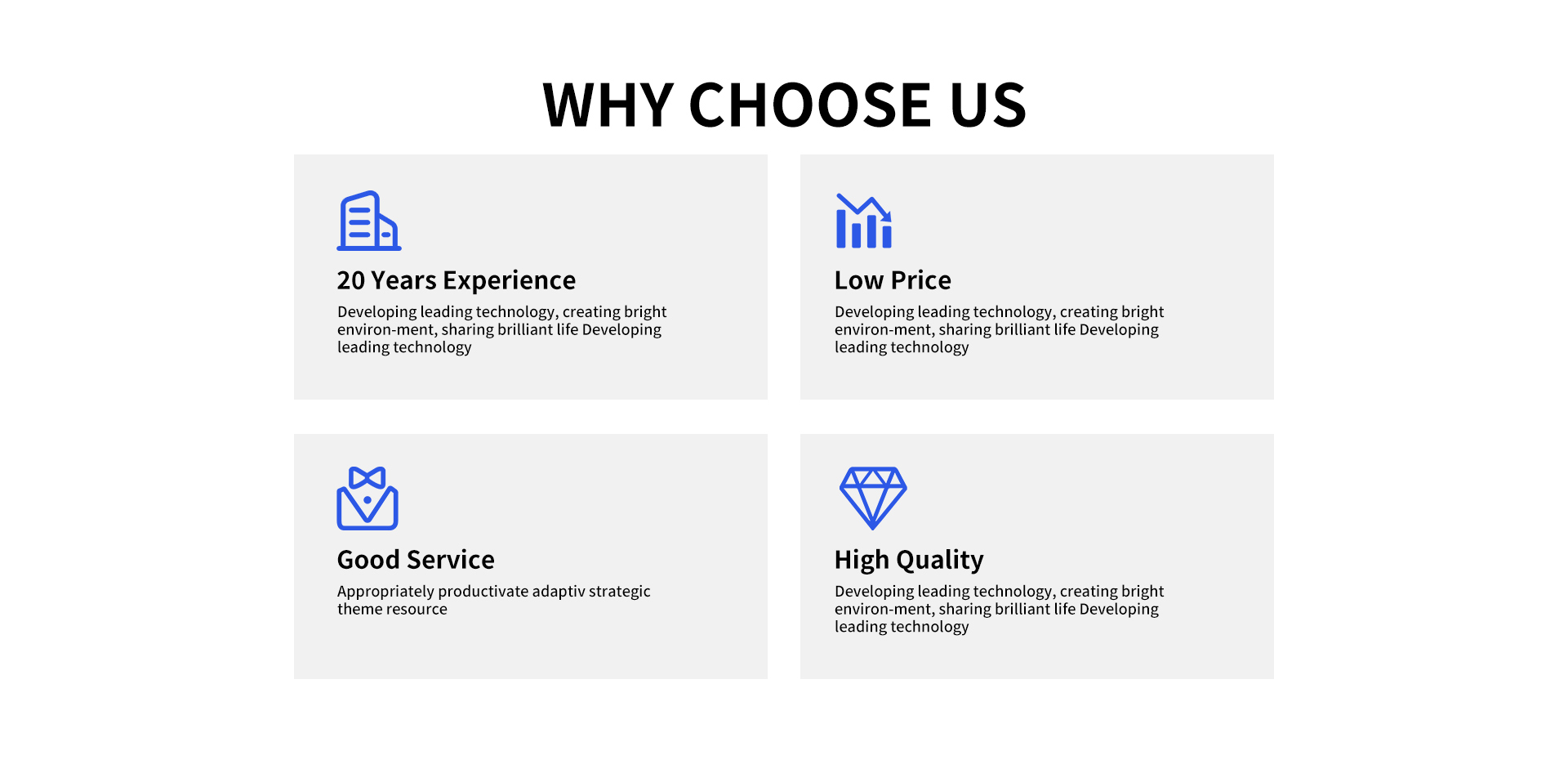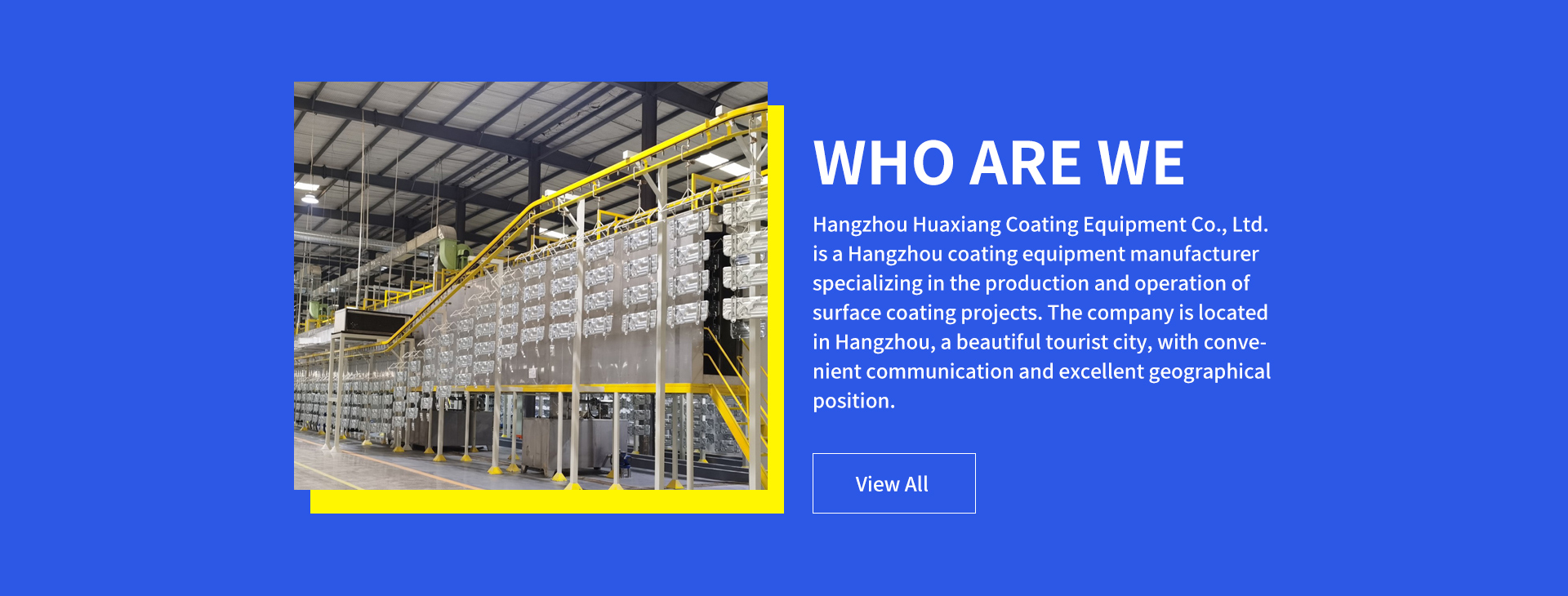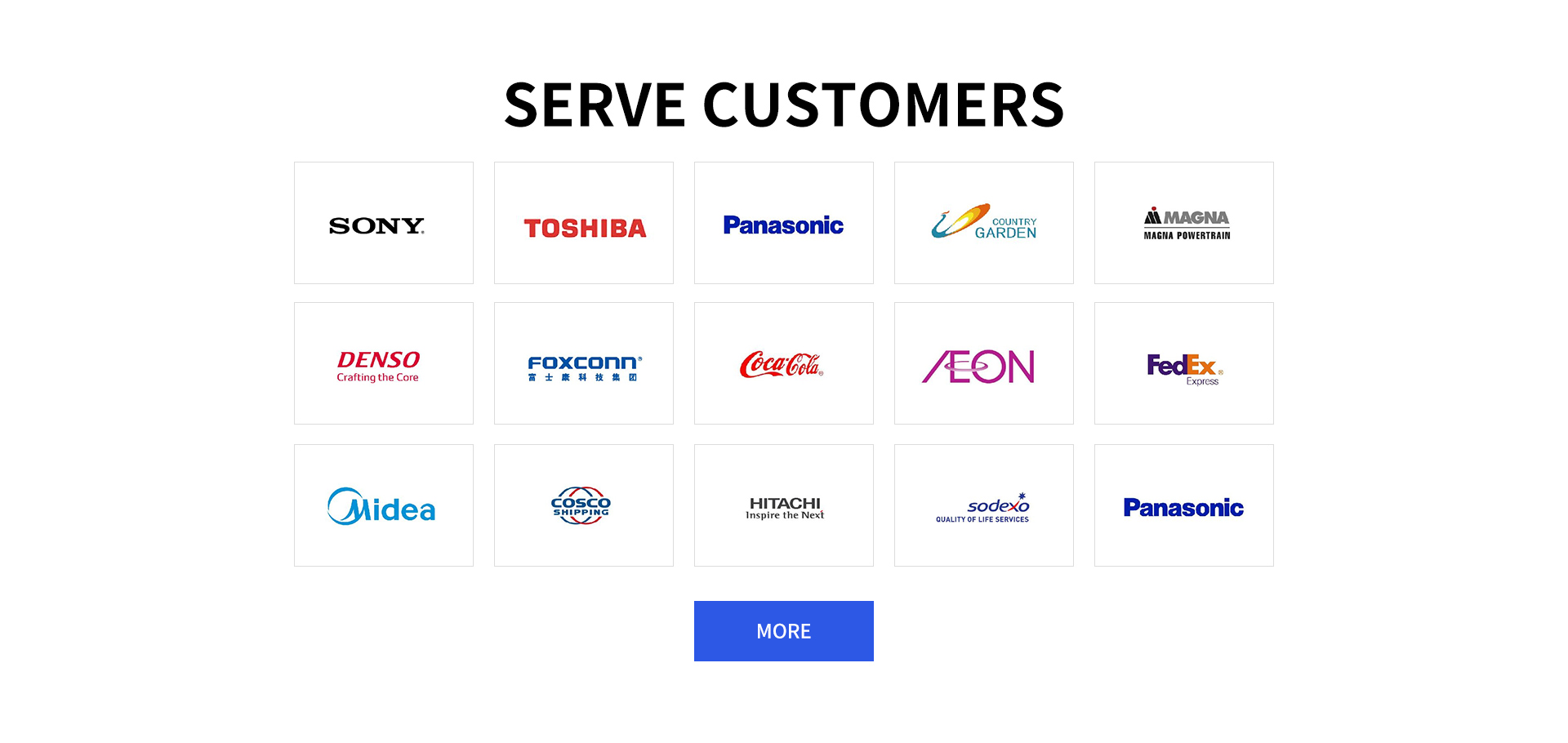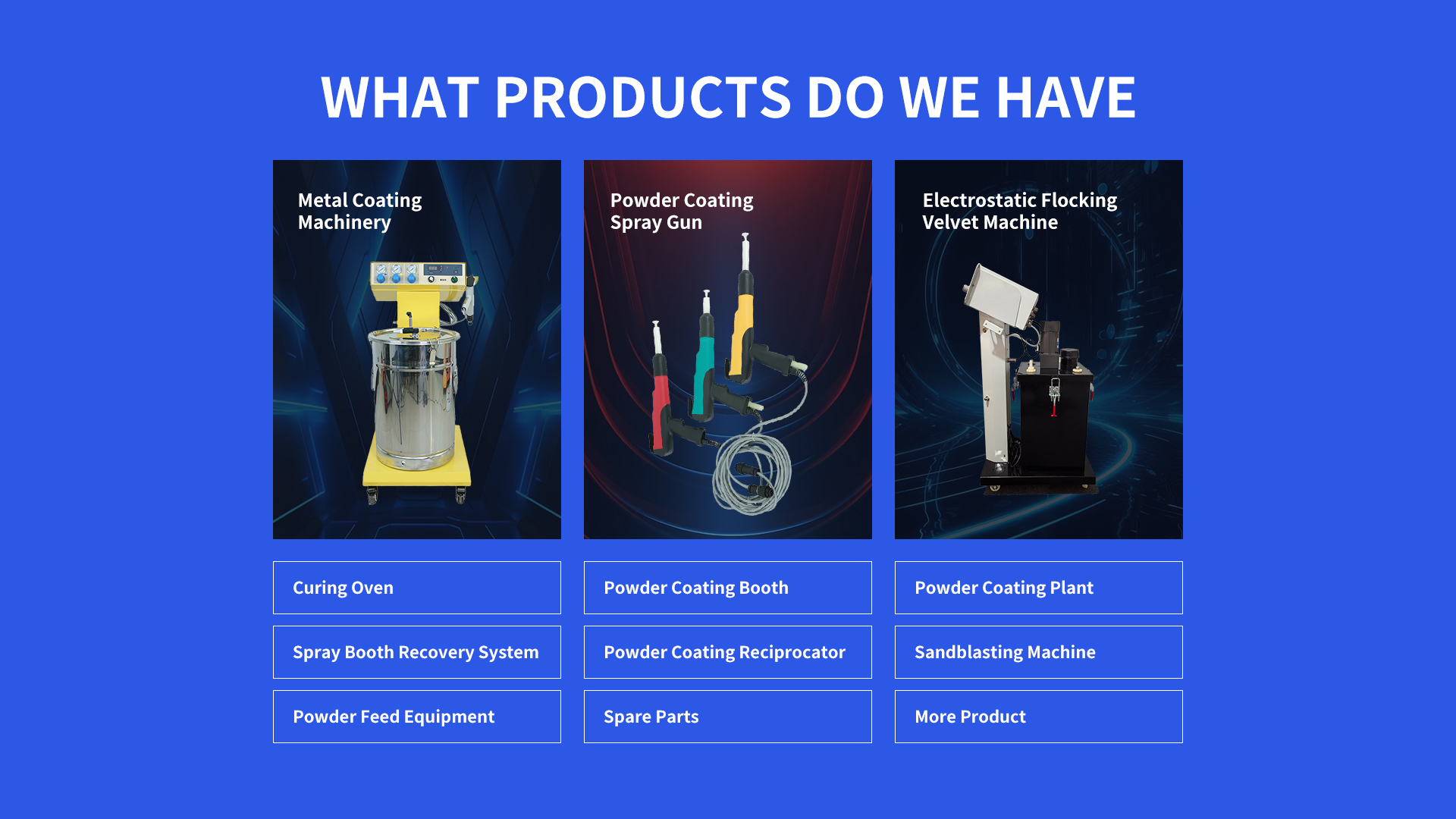Curing Ovens For Powder Coating: Efficient Coating Finishers
Curing Ovens For Powder Coating are in demand across industries. Small workshops use compact models for metal parts, while factories need large units for bulk production. Prices start at (800 for portable ovens, reaching )30,000+ for industrial conveyor-based systems, varying by size and features.
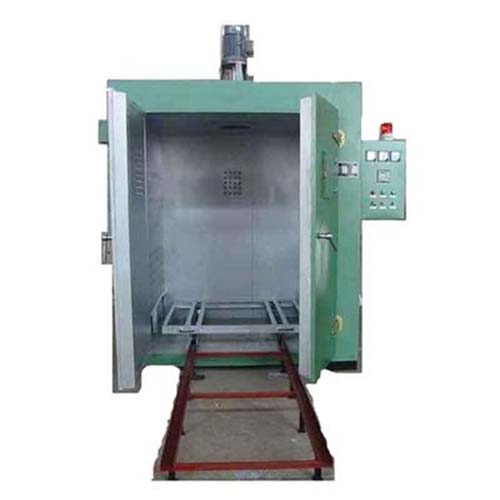
Curing Ovens For Powder Coating: Coating Project Introductions
Curing Ovens For Powder Coating handle coating of steel pipes, ensuring resistance to rust in outdoor settings. They’re used for coating motorcycle frames, providing a durable finish against impacts. These ovens also cure powder on metal shelving, making them suitable for heavy loads in warehouses.
Curing Ovens For Powder Coating: Coating Surface Treatment Process Technology
Curing Ovens For Powder Coating work with pre-treatment steps. Parts are cleaned via chemical baths to remove contaminants, then sandblasted for better adhesion. After powder application, ovens heat to 350–450°F, using convection or infrared heating. This process melts the powder, forming a hard, uniform layer through cross-linking.
Curing Ovens For Powder Coating: What Are They?
Curing Ovens For Powder Coating are specialized heating devices designed to cure powder coatings on metal surfaces. They maintain precise temperatures to ensure powder melts, flows, and hardens correctly. Available in various sizes, they range from tabletop models for small parts to large industrial units for mass production.
Curing Ovens For Powder Coating: Components with 123 Introduction
Heating System: Includes electric coils, gas burners, or infrared panels. Electric systems offer precise control, while gas is cost-effective for large ovens. Infrared panels heat parts directly, reducing curing time.
Temperature Control Unit: Digital thermostats or PLC systems that monitor and adjust heat. They maintain temperatures within ±5°F, critical for consistent curing. Advanced units store preset programs for different powder types.
Insulated Chamber: A enclosed space lined with ceramic or fiberglass insulation. It retains heat, reducing energy loss and ensuring uniform temperature distribution. Chambers have doors with gaskets to seal in heat during curing.
Curing Ovens For Powder Coating: Advantages
Curing Ovens For Powder Coating produce durable finishes, resisting scratches and corrosion better than liquid paint. They ensure even curing, minimizing defects like bubbles or uneven gloss. Energy-efficient models lower operational costs by reducing heat loss. They support quick color changes, ideal for custom or small-batch projects. These ovens are compatible with various powder types, increasing versatility.
About Curing Ovens For Powder Coating: Q&A
How to Select the Right Size Curing Ovens For Powder Coating?
Measure the largest part’s dimensions, adding 12 inches of clearance for airflow. For batch processing, choose an oven that fits 5–10 parts at once to avoid overcrowding. For high-volume work, select conveyor ovens with length matching production speed (e.g., 15-foot ovens for 10 parts per minute). Consider ceiling height if using overhead hoists to load parts.
How to Operate Curing Ovens For Powder Coating Safely?
Wear heat-resistant gloves and safety glasses when handling hot parts. Ensure the oven is placed on a non-flammable surface, 3 feet away from combustibles. Check door seals regularly to prevent heat leaks. Never exceed the oven’s maximum temperature, as it risks damaging components. Disconnect power when cleaning or performing maintenance.
How to Maintain Curing Ovens For Powder Coating for Longevity?
Clean the chamber weekly to remove powder residue, using a soft brush or vacuum. Inspect heating elements monthly for signs of wear, replacing damaged ones promptly. Calibrate thermostats quarterly with a reference thermometer to ensure accuracy. Lubricate door hinges and conveyor belts (if applicable) every 50 hours of use. Replace insulation gaskets annually to maintain heat seal.
How to Troubleshoot Curing Issues in Curing Ovens For Powder Coating?
If powder doesn’t cure fully, check if the oven reaches the required temperature—use a separate thermometer to verify. For uneven finish, rearrange parts to improve airflow or adjust heating element placement. If the coating peels, ensure parts were properly pre-treated; re-clean and sandblast if needed. For discoloration, reduce curing time—overheating causes yellowing in light-colored powders.
How to Optimize Energy Use in Curing Ovens For Powder Coating?
Preheat the oven only when ready to load parts, avoiding idle heating. Use batch processing to maximize each curing cycle, reducing the number of heating sessions. Insulate oven walls and doors with additional layers if heat loss is detected. Choose ovens with variable speed fans, adjusting airflow based on part size. Schedule curing during off-peak energy hours to lower utility costs.
Statement: Hangzhou Huaxiang Coating Equipment Co., Ltd Chinese Powder Coating Equipment facturers provide you with customized equipment for various types of Powder Coating Lines, Powder Coating Ovens, Powder Coating Booths,Powder Coating Guns, etc. For inquiries! Contact us at
Email: gezx@cncolourspray.com
WhatsApp: +86 13335812068

